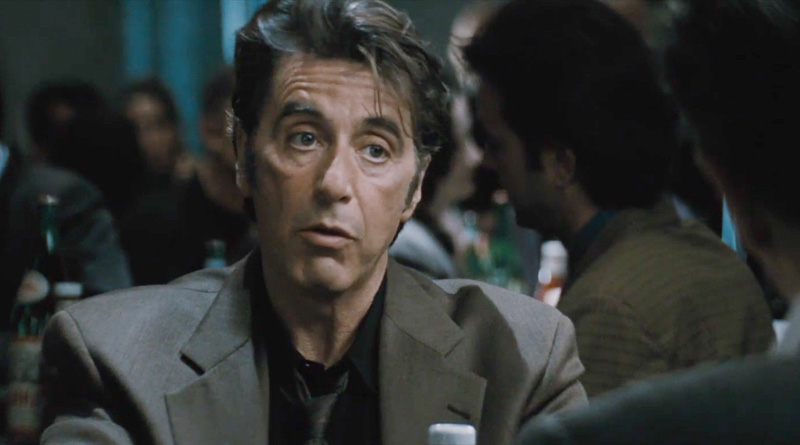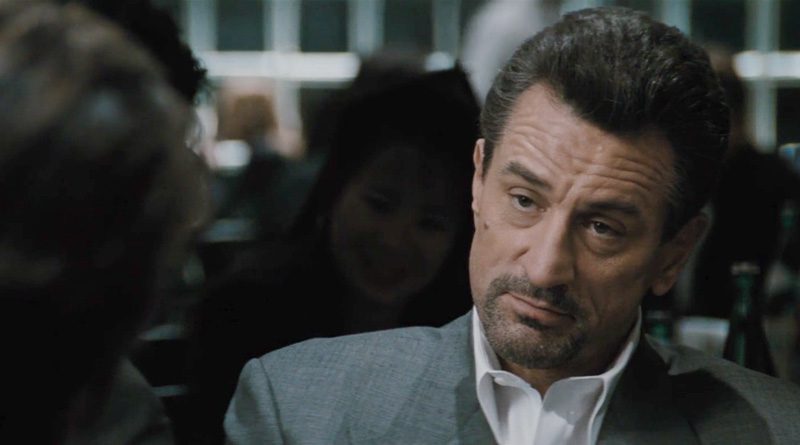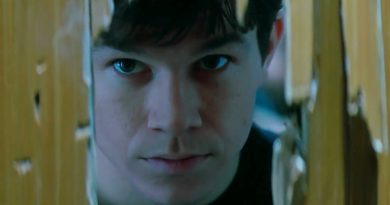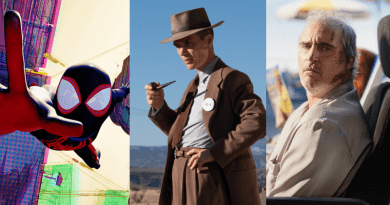Heat at 25: Michael Mann’s Magnum Opus
To date, Michael Mann has made 11 feature films. And there were a few good ones like Thief (1981), Manhunter (1986), The Insider (1999) and Collateral (2004). But Heat, in my opinion, remains his finest work so far — an epic crime drama that runs almost 3 hours long and features the legendary pairing of Al Pacino and Robert De Niro.
I remember it was a big deal back then since the last time these two screen veterans appeared in the same movie was The Godfather Part II in 1974. First released on December 15, 1995, Heat could only settle for the No. 3 spots during the opening weekend, where Jumanji and Toy Story dominated the top two. However, the movie proved to be a financial success with a worldwide total of US$187.4 million against a US$60 million budget.
Most critics loved it too and yet, it was still hard to believe that the Oscars chose to overlook Heat. There were no single nominations in any category, even though the movie deserved several slots for Best Picture, Best Director and at least two acting nods for Pacino and De Niro. That year — 68th Academy Awards, to be exact — was mostly dominated by Mel Gibson’s huge wins (five in total) for Braveheart including Best Picture and Best Director.
Back to Heat, this is the kind of movie that people still talked about it. Even after decades since its initial release, the movie has influenced other filmmakers like Christopher Nolan in The Dark Knight (2008) and Christian Gudegast in Den of Thieves (2018).
The story, written by Michael Mann himself, is a classic cop vs. robbers template that deals with both sides of the law: Lt. Vincent Hanna (Al Pacino) is determined to bring down a group of professional bank robbers led by Neil McCauley (Robert De Niro). Part of what makes Heat such an engrossing piece of work is the way Mann handled his characters. He invests enough time to make us care not only the protagonist (Al Pacino) but also the antagonist (Robert De Niro). Making full use of their respective acting prowess, both of their characters are more than just a mere cat and mouse chase between a cop and a professional bank robber. Mann delves deeper by reflecting their characters as a mirror image, where the two of them are actually the same: committed, driven and refused to give up until they get what they want.
But they also happened to be deeply flawed characters beyond their professional lives. By tapping into their respective character arcs, Al Pacino’s Vincent Hanna is a mess in his married life. He has already failed two marriages before while the current one with his third wife, Justine (Diane Venora, giving a strong supporting turn) seems to be destined for another disaster. If that’s not enough, he has a tough time dealing with his estranged stepdaughter, Laura (a young Natalie Portman, who was 14 years old at the time of the movie’s release).
Robert De Niro’s Neil McCauley, on the other hand, is pretty much a loner outside of his work as a bank robber. He lives strictly by his sets of moral code and principle, refraining himself from getting too attached with relationships, even though he did serve as a father figure of sorts looking after his crew. Of course, McCauley eventually breaks his own rule when he ends up falling in love with a woman at the restaurant named Eady (Amy Brenneman).


The movie is also notable for the iconic diner scene, where Hanna and McCauley finally sit face to face against each other. The scene itself may have been brief but it has that lasting impact, thanks to their memorable character interactions. Both Pacino and De Niro truly give their alls just from the acting perspectives and the way they made their dialogues sing. Here’s an interesting trivia: Apparently, the two actors reportedly never rehearse the scene prior to the shooting. Not an easy feat but they successfully made it like it’s a walk in the park.
Then, there’s the action sequence — a centrepiece where Hanna and McCauley along with their respective men engage in an open-air daylight shootout in the middle of the streets. The particular scene itself is so visceral that gives you-are-there kind of vibes.
Here, Mann wisely eschewed the typical use of music score to heighten the action sequence and let the deafening sounds of the gunfire shines through (he reportedly insisted the audio recorded live using strategically-placed microphones on the set rather than relying on the sound dubbing later on). The result is no doubt one of the best shootout scenes ever made in Hollywood cinema.
If you have yet (!) to check out Heat, you can still stream it on Amazon Prime Video.




